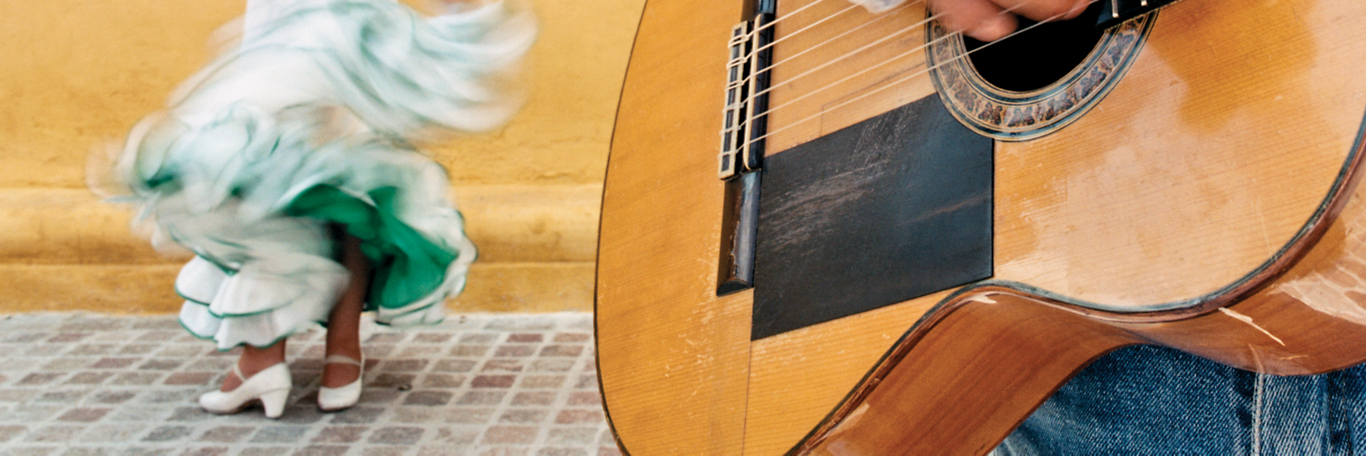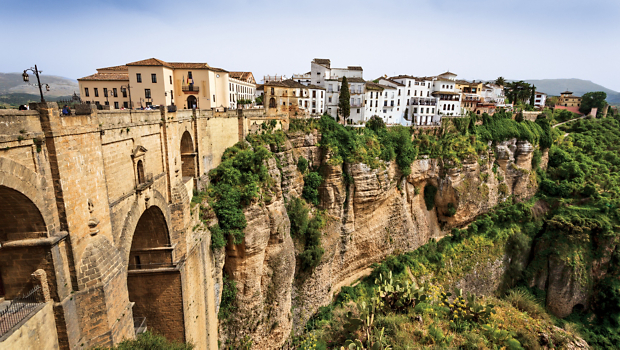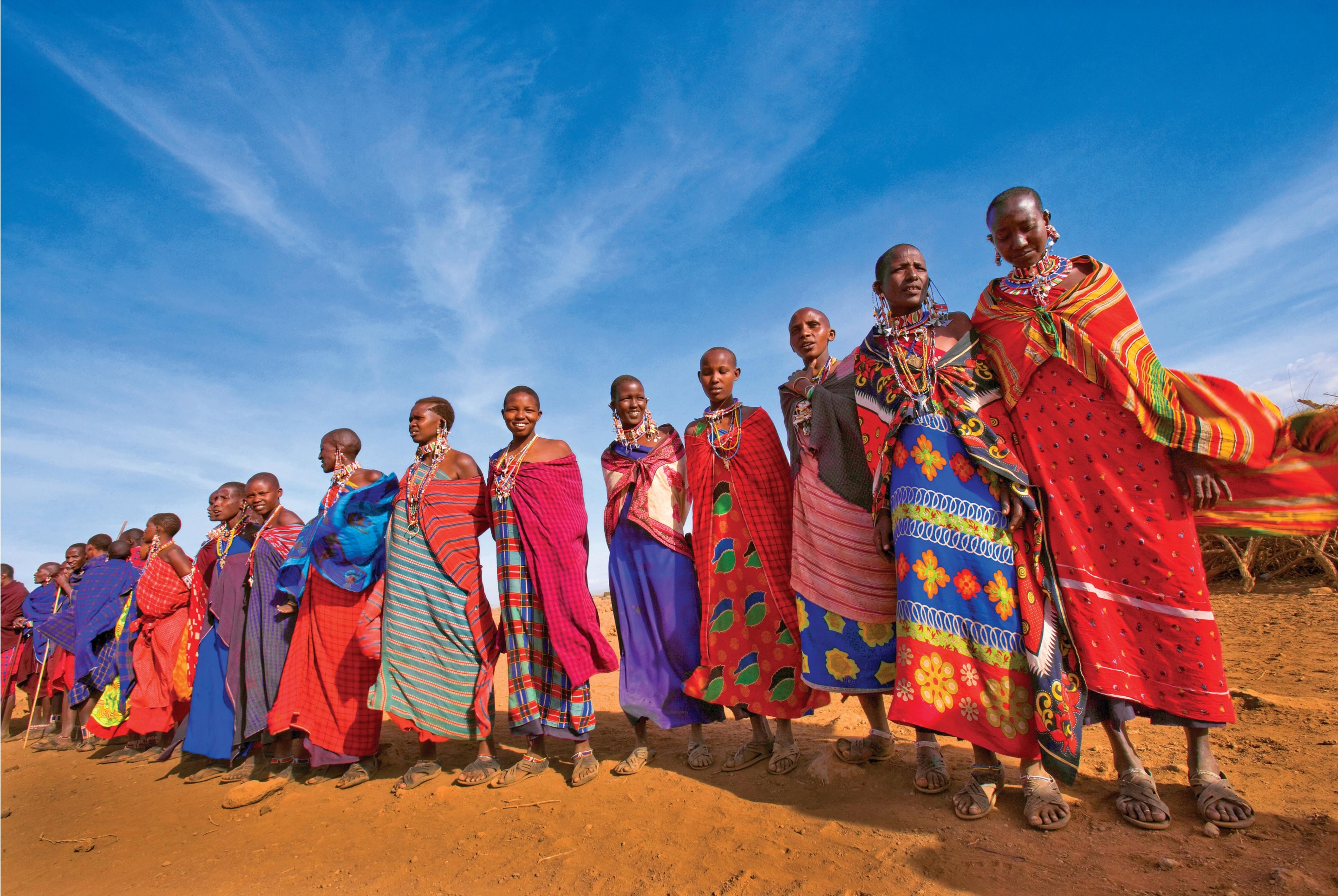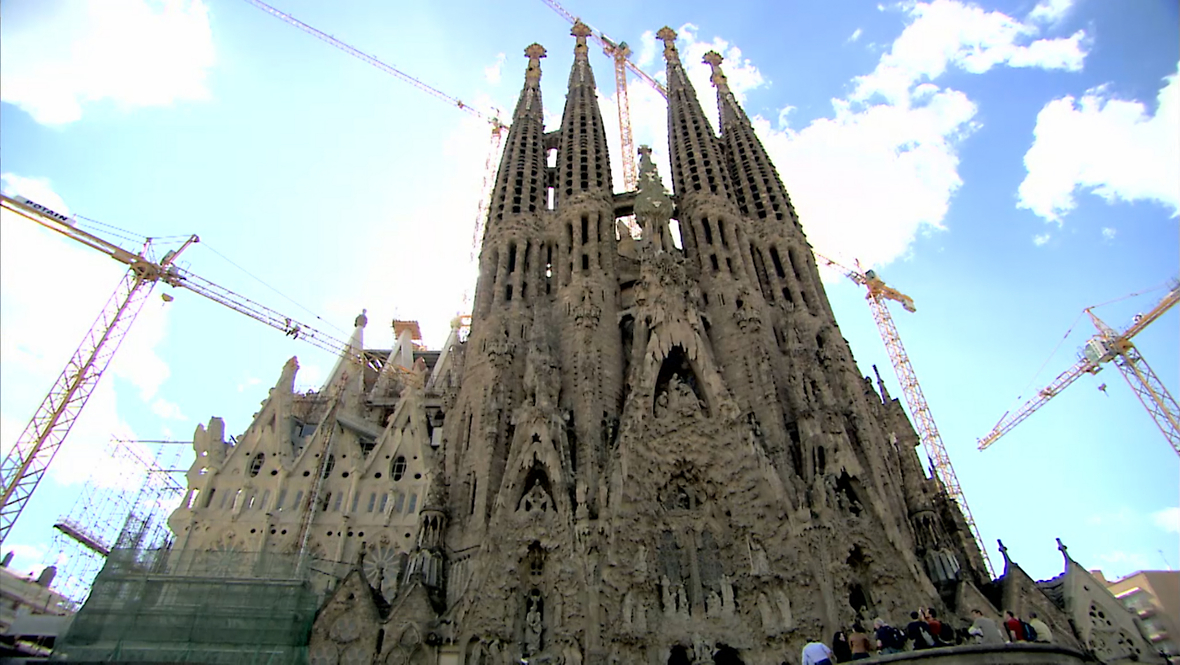You’re receiving this message because your web browser
is no longer supported
We recommend upgrading your browser—simply click the button below and follow the instructions that will appear. Updating will allow you to accept Terms and Conditions, make online payments, read our itineraries, and view Dates and Prices.
To get the best experience on our website, please consider using:
- Chrome
- Microsoft Edge
- Firefox
- Safari (for Mac or iPad Devices)

spain
Overseas Adventure Travel, the leader in personalized small group adventures, has been helping change lives through travel since 1978. Our Spain trips—2 Small Group Adventures and 4 Small Ship Adventures—will take your small group into the heart of a destination to venture where the big tour groups can’t. No matter which adventure you choose, O.A.T. always offers:
- The freedom to personalize your experience, with options to arrive early, add pre- or post-trip extensions, stopover in popular cities, and more.
- Small group of no more than 25 travelers, allowing us to take you off the beaten path and immerse you in local culture.
- Adventures tailored to the solo traveler, with FREE or low-cost Single Supplements and 23,000 single spaces being offered in 2024.
- Expert Trip Experience Leaders, residents of the region you visit who will share their insights and bring your destination to life.
When you set out on an O.A.T. Spain adventure, there are endless travel experiences waiting for you. Admire awe-inspiring architecture like La Sagrada Familia in Barcelona, and stroll the elegant boulevards in Madrid. Explore Andalucia's dramatic landscapes, featuring rolling fields of olive trees and craggy mountains. Delve into Spain's history and culture when you learn about bullfighting in Ronda and view the pueblos blancos (or "white villages") in the south. No matter where in Spain you find yourself, an adventure with O.A.T. ensures you are surrounded by beautiful sights, vibrant culture, and new-found friends.
Your FREE Personalized Spain Travel Planning Guide
Your FREE Personalized Spain Travel Planning Guide is on its way
Want to continue learning about Spain? Return to our Spain destination page.
Go Back To SpainPlease note: To complete your registration, check your email—we sent you a link to create a password for your account. This link will expire in 24 hours.
Compare Our Adventures
Click 'Select to Compare' to see a side-by-side comparison of up to adventures below—including
activity level, pricing, traveler excellence rating, trip highlights, and more

Spend 7 days in Spain on
Northern Spain & Portugal: Pilgrimage into the Past
O.A.T. Adventure by Land

Spend 9 days in Spain on
Back Roads of Iberia: Spanish Paradores & Portuguese Pousadas
O.A.T. Adventure by Land

Spend 7 days in Spain on
Iberian Voyage: Lisbon to Barcelona
O.A.T. Adventure by Small Ship

Spend 2 days in Spain on
Mediterranean Cultures & Islands: A Voyage from Spain to Greece
O.A.T. Adventure by Small Ship

Spend 3 days in Spain on
New! Coastlines of Portugal, Spain & Morocco
O.A.T. Adventure by Small Ship

Spend 4 days in Spain on
New! Mediterranean Navigation: Malta, Sicily, Tunisia, Algeria, Morocco & Coastal Spain
O.A.T. Adventure by Small Ship
Compare Adventures
Add Adventure
including international airfare
per day
*You must reserve the main trip to participate on this extension.
**This information is not currently available for this trip. Please check back soon.
You may compare up to Adventures at a time.
Would you like to compare your current selected trips?
Yes, View Adventure ComparisonSpain: Month-By-Month
There are pros and cons to visiting a destination during any time of the year. Find out what you can expect during your ideal travel time, from weather and climate, to holidays, festivals, and more.
Spain in December-February
Though temperatures can vary across the country, winter in Spain is generally much milder than in most other European destinations. For example: In Madrid, Spain’s geographical heart, highs around 50⁰F and lows of 38⁰F are typical. In fact, many travelers prefer to visit in December through February precisely to avoid Spain’s famous sizzling summers. While some shops, restaurants, and minor sites may close early (or not open at all) at this time of year, larger cities keep the same pace—and operating hours—no matter the season.
Holidays & Events
- December 6: Constitution Day; marks the date in 1978 that Spain ratified its constitution, officially ending its 40-year period of dictatorship.
- December 8: Inmaculada; known in English as the Feast of the Immaculate Conception, this religious holiday honors the Virgin Mary with Mass, parades, and fireworks.
- December 25: Christmas
- February: Carnival; numerous festivals are celebrated throughout the period before Lent.
Must See
Spain’s Christmas traditions are a varied as the country itself: Each city has its own way of celebrating the season. In Valencia, for example, a seasonal circus act runs from Christmas Eve through January 6. A few days before Christmas, Santo Tomás Fair draws artisans and locals alike to Bilbao, and those who stick around are treated to a city-wide parade. And in Malaga, on the temperate Costa del Sol, revelers take to the streets for the Verdiales Music Festival, where flamenco takes center stage and turrón (almond nougat) is plentiful.
Spain in March-May
Warmer spring-like temperatures in southern Spain make March to May a great time to enjoy the outdoors. Even lows of 55 degrees are mild enough to allow one to enjoy the stunning golden glow of Malaga sunsets over the Mediterranean. Visiting Valencia and Madrid is exceedingly comfortable, especially in April—and as it is the off-season for tourism, your travel dollars will go farther.
Holidays & Events
- Mid- to late March: The Fiesta de la Magdalena in Castellón celebrates the city's relocation in 1251 to its current locale.
- March 3: The Feste de Sant Medir in Barcelona features thousands of tons of candy thrown into spectating crowds from a frenetic parade.
- March: The Fallas Festival in Valencia is one for the books. Various communities in the city come together to produce elaborate floats, often depicting political and comedic themes. As the energetic parades, accompanied by people in elaborate cultural dress, come to a close, many of the floats are set on fire. At this point, the city is filled with people drinking, dancing, and playing music.
- Mid- to late April: The Seville Fair; a 6-day, city-wide festival which features parades of elaborate carriages and colorfully-costumed revelers during the day, and eating, drinking, and dancing all night.
Must See
Easter Week, or Semana Santa, is a massive country-wide celebration in Spain. In Malaga, haunting processions of men in pointed white and black masks proceed down the cobble-stone streets with torches. Often also carrying ornate floats depicting Jesus Christ, thousands of clergy-men and laymen alike carry the floats silently, often to the tune of Chopin’s “Funeral March”.
Spain in June-August
From the balmy coast to the sun-baked interior, the whole of Spain in summer is quite the hot-spot—both literally and figuratively. Cities such as Seville, Cordoba, and Madrid can get extremely warm in summer and one-hundred degree days are not out of the question. These high temperatures do keep the crowds away, so it’s a great time to explore the country’s iconic sights. However, you should plan for quiet afternoons; the Spanish tradition of taking a siesta—a midday rest or nap to escape the heat—means that many restaurants, shops, and even banks will be closed for a few hours.
If you don’t fancy a nap, you could spend your siesta at one of Spain’s famously beautiful beaches. With 5,000 miles of coastline and 300 days of sunshine a year, every summer day is a good day for relaxing by the sea.
Holidays & Events
- June 23: St. John’s Eve; marks the beginning of summer, and is celebrated at the beach with bonfires and fireworks. Many revelers will leap over these fires at midnight, believing it will bring them good luck.
- July 25: Feast of Saint James the Apostle; many Christians believe that the remains of the saint are buried in Galicia’s Santiago de Compostela.
- Aug 15: Assumption of Mary; a Catholic holiday marking the Mother of Christ ascending into Heaven.
- Last Wednesday of August: La Tomatina; a wild tomato fight that takes place in the town of Buñol at the end of a week of parades, parties, and street markets.
Must See
While Spain is the hottest during the summer months, this also means popular places like Granada are free of its regular crowds. The Sierra Nevada is especially gorgeous in the abundant sunshine. Along the coast, visitors can catch a sea breeze while admiring iconic sights such as the ancient Roman lighthouse in A Coruna.
If you’re looking for festivals and fairs, August is the best time to find them in Spain. The August Fair in Malaga boasts an entire week full of activities and events, day and night. During the feria de dia (fair during the day), you can stroll bustling street markets and enjoy traditional music and flamenco dances. The feria de noche (fair during the night) is a lively party, offering food stalls and dance tents.
In Barcelona, the magical Fiestas de Gracia is celebrated in mid-August. The streets are alive with color, lights, and extravagant decorations as each neighborhood vies for the best decorated prize. Also competing for your attention are street acrobats, outdoor concerts, and fireworks displays at night.
Spain in September-November
In fall, the scorching heat of summer begins to cool, making it an ideal time to visit cities like Madrid, Seville, and Cordoba. The southern coast is still bathed in sunshine and warmth, so you can enjoy Spain’s beautiful beaches—without the summer crowds. In the north, the weather will tend towards cooler and rainy, so be sure bring along an umbrella as well as a light jacket.
Holidays & Events
- September 11: Catalonia National Day; commemorates the end of the siege of Barcelona in 1714.
- Late September: Feria de San Miguel; celebrated in Sevilla with traditional bullfights.
- October 12: Spanish National Day; commemorates Christopher Columbus first arriving in the Americas in 1492.
- Early to mid-October: Fiestas del Pilar; an annual festival celebrated in the city of Zaragoza in honor of the patron saint of the city, the Virgen del Pilar.
- November 1: All Saints' Day
Must See
September in Spain is over-flowing with festivals—from the Fiesta de la Virgen de Guadalupe and the Feria de Pedro Romero in Ronda, to the grape harvests in La Rioja. The biggest harvest celebration is the San Mateo fiestas in Logroño which takes place over the last two weeks of September. During this time, expect lively street celebrations, traditional grape-crushing demonstrations, and bullfights. Meanwhile, in Barcelona, the city comes alive during the Festa La Mercè—a festival chock-full of street entertainment like castellers (acrobats), parades, and correfocs (fire runs).
Inland, Spanish cuisine is the main event. The hearty fare of Castille, including Segovia's suckling pig, savory roast lamb, and Burgos's rich morcilla (blood sausage), is the perfect complement for autumn’s cooling temperatures.
Average Monthly Temperatures
High Temp Low Temp
Spain Interactive Map
Click on map markers below to view information about top Spain experiences
Click here to zoom in and out of this map
*Destinations shown on this map are approximations of exact locations
Barcelona
In the heart of Catalan country, whimsical Barcelona marches to the beat of its own drum. This sparkling seaside city has long inspired artists with its gorgeous light and open-minded approach to offbeat art; Dalí, Picasso, and Miró have all called Barcelona home.
Las Ramblas—the main promenade and the place to see and be seen—embodies the city’s spirit: By day a laidback boulevard lined with shops and tempting spots to try the famed paella, Las Ramblas transforms at night into a hub of festive revelry. Spaniards are known for celebrating the good things in life, but in Barcelona, la fiesta is more than a celebration—it’s a way of life.
In no other city can the stamp of modernism be felt as strongly: Barcelona’s architecture is a monument to the creative genius of Antoni Gaudí, whose fantastical creations are dotted throughout the city. Visit the fairytale-like Park Güell, flanked by its Hansel-and Gretel gatehouses and reptilian mosaics, or take a stroll to Casa Batlló, a dreamy residential building in Barcelona’s center that seems to be made of undulating waves. But for the city’s star attraction, and Gaudí’s crowning achievement, head to La Sagrada Família, a towering sand castle of a cathedral that has been under construction since 1882.
Explore Barcelona with O.A.T. on:
Bilbao

An industrial port city in the heart of Spain’s Basque Country, Bilbao is an intriguing mix of traditional and modern. The unquestionable star of Bilbao’s cityscape is the Guggenheim Museum, designed by postmodern architect Frank Gehry. The building is a shimmering, sculptural icon that captures the imagination before you even step foot inside to view its contents—one of the world’s premier collections of contemporary art. The museum and its audacious silhouette made Gehry a household name and put Bilbao on the map.
The Guggenheim is not the only museum in town, of course. Visitors can also discover the elegant Museo de Bellas Artes, which houses up to 9,000 pieces from modern masters like El Greco, Goya, Gauguin, and Picasso, as well as works that date as far back as the twelfth century.
Bilbao’s fascination with modernism can be found outside the museums as well—Indautxu Square, an urban re-design project, is a pedestrians-only plaza that features avant-garde touches such as leaf-shaped lighting fixtures and soaring glass canopies. There is plenty of natural beauty to enjoy here as well, as more than 100 maple, birch, and yew trees surround the modern-style benches.
Once you’ve gotten your fill of modernism, explore Bilbao’s charming old quarter, or Casco Viejo, and immerse yourself in Basque culture. At the heart of this atmospheric section of the city are Bilbao’s original seven streets, Las Siete Calles, which were constructed in the 1400s. Stroll the meandering medieval streets, explore the Ribera Market (Europe’s largest covered market), and stop to snack on pintxos, the Basque version of tapas.
Explore Bilbao with O.A.T. on:
- Northern Spain & Portugal: Pilgrimage into the Past
- Post Trip:Northern Spain: Bilbao, San Sebastian & Medieval Villages on Back Roads of Iberia: Spanish Paradores & Portuguese Pousadas
Madrid

Discover Madrid—the sun-drenched capital of Spain—and you’ll find yourself swept up in its pulse. A sprawling metropolis of more than 3 million people, Madrid has the endless options of a big city mingled with the laid-back attitude that permeates the fabric of the country as a whole.
Traditional tapas bars, temples dedicated to fine gastronomy, and dazzling night clubs are de rigueur—but there is a stately elegance and depth of artistic culture to be found here as well. Madrid is well-known for its fine museums such as the Prado, home to one of the best classical art collections in the world. Outside the museum walls, the buildings themselves are a tapestry of beautiful architecture. Stroll through the Plaza de España, the city’s most prominent square, and you’ll gaze up at the two tallest buildings in Madrid: the Torre de Madrid and the Edificio España. Elsewhere, dramatic fountains and sculptures dedicated to Spanish icons like Cervantes, Don Quixote, and Sancho Panza grab your attention.
Then there are the palaces—most notably, the Palacio Real (Royal Palace), one of the largest palaces in Europe. The official residence of Spain’s royal family, this lavish palace is one of the most beautiful buildings in Madrid not just due to its design, but also to its location—it is perched, fairy tale-like, on a bluff overlooking the lush river valley.
From its nightlife and food to its art and architecture—Madrid is a city that strives to excite its visitors and residents alike in every possible way.
Explore Madrid with O.A.T. on:
Ronda

Perched high atop a cliff and gauged by a 360-foot ravine, Ronda seems an improbable place to build a city. But with its precarious position comes a big payoff: Dramatic views of the Serranía de Ronda mountains surround this ancient whitewashed city, known as a Pueblo Blancos (White Village) for its distinctive alabaster look. Hike down El Tajo ravine to take in the superb views of Ronda from below, and sample the region’s unique wines—the high altitude produces grapes of a lighter, and more interesting, bouquet.
Or, if you’re feeling more daring, visit the Plaza de Toros, one of the oldest bullrings in Spain. The tradition of bullfighting has deep roots in Ronda: the legendary Pedro Romero—the first bullfighter to confront his bovine nemesis on foot, and not on horseback—was born here. And each September, the city alights with activity for the Feria Goyesca, the annual bullfighting festival, to see the fearless matadores in action.
Experience Ronda with O.A.T. on:
Santiago de Compostela

The cobblestone streets of Santiago de Compostela have witnessed the footfalls of countless pilgrims—or peregrinos—each one taking their last determined steps toward the final stop of an epic journey of faith. Some ride in on bicycles, some carry walking sticks, the most fervent arrive barefoot. All will make their way past the arcaded streets, perhaps not even seeing Santiago’s elegant beauty at first, as they only have eyes for the Camino’s end: the city’s Gothic cathedral.
According to legend, a ninth-century Galician shepherd witnessed a star moving across the sky and followed it, its light eventually leading him to a burial site. A local bishop was called to examine the bones found there and he proclaimed them to be those of James the Great, one of the twelve Apostles of Christ, the patron saint of Spain. Upon hearing the news, the Spanish king ordered a cathedral be built on the spot. This legend drew the faithful from across the country and all over the world—eventuating in the famous Camino de Compostela pilgrimage that still beckons people to this day.
Now an UNESCO World Heritage Site, Santiago’s old city center welcomes modern-day peregrinos at the 700-year-old Obradoiro Square and Platerias Plaza, the arrival point of thousands of pilgrims every day. The cathedral, also a UNESCO site, is a fascinating mix of architectural styles. Construction began in 1075 and continued to expand over the centuries, with embellishments continuing into the 19th century.
The capital of Galicia, Santiago also offers travelers who have arrived by less-arduous means not only these grand sights, but smaller streets and plazas lined with cafes and seafood restaurants where you can sit and watch both locals and pilgrims walk by.
Explore Santiago de Compostela with O.A.T. on:
Seville
Situated in the southern Andalucia region, sunny Sevilla is the birthplace to three of Spain’s best known cultural exports: tapas, flamenco, and Don Juan. In true Spanish style, a visit to this easygoing city is a feast to the senses. Stroll down cobbled streets lined with whitewashed buildings, stop for a bite to eat in a hole-in-the-wall tapas bar, and breathe in the heady scent of orange blossom that bathes the city in spring.
Sevilla’s long and winding history is reflected in its delightful hodgepodge of architecture. Roman ruins mingle with Moorish creations, such as the Real Alcázar, a spectacular Mudéjar palace complete with intricate carvings, colorful mosaics, and Eden-like gardens. The city’s skyline is dominated by the soaring spires of the Sevilla Cathedral, the world’s largest gothic cathedral and the final resting place of famed explorer Christopher Columbus.
But for all its cultural and architectural treasures, Sevilla is perhaps most notable for its feasts. The city’s Semana Santa (Holy Week) is considered the best in Spain: For the week leading up to Easter, crowds throng the streets to watch in awe as penitents groan beneath the weight of ornate wooden floats during daily religious parades. Sevilla takes on a carnival atmosphere yet again during the Feria de Abril, a celebration of spring that lasts two weeks and keeps the sevillanos dancing until dawn.
Discover Seville with O.A.T. on:
Traveler Photos & Videos
View photos and videos submitted by fellow travelers from our Spain adventures. Share your own travel photos »


